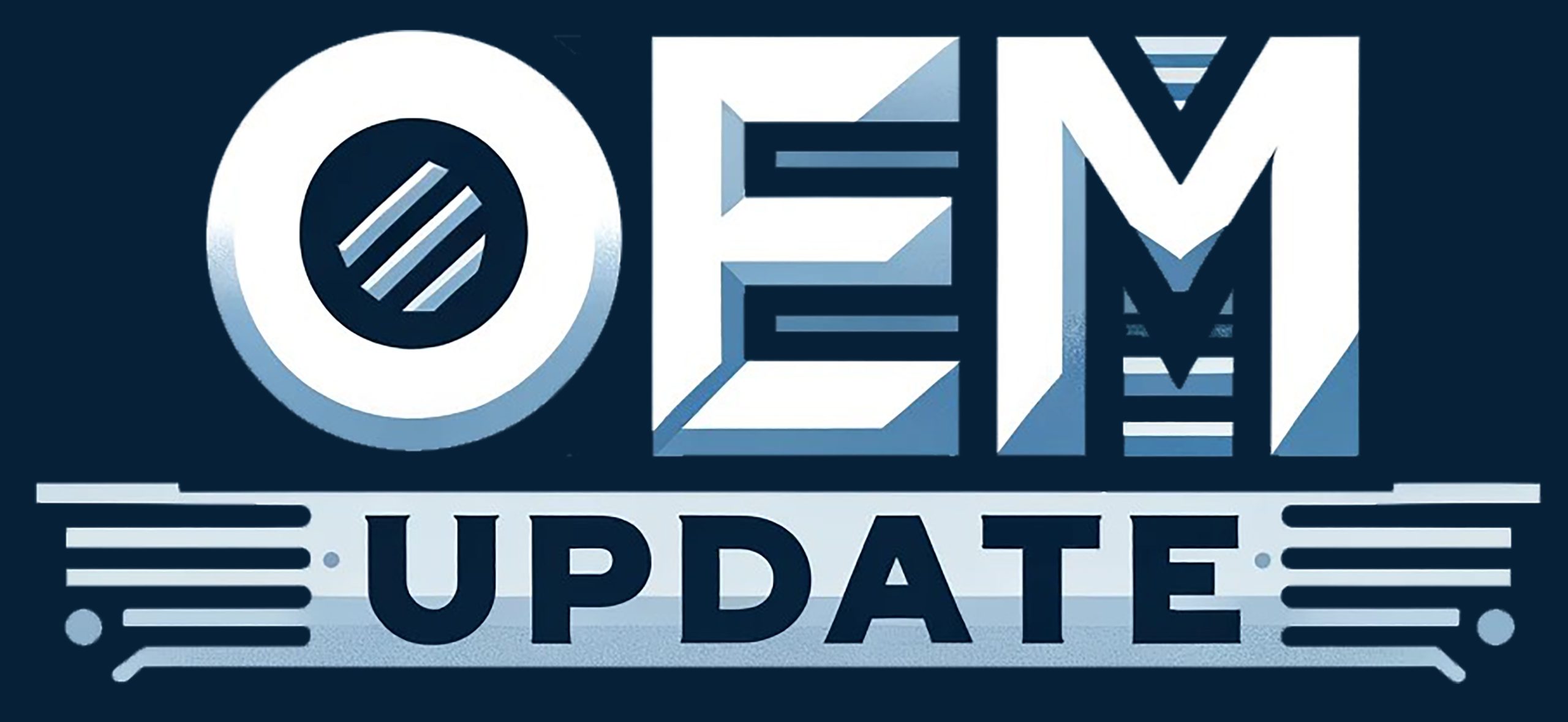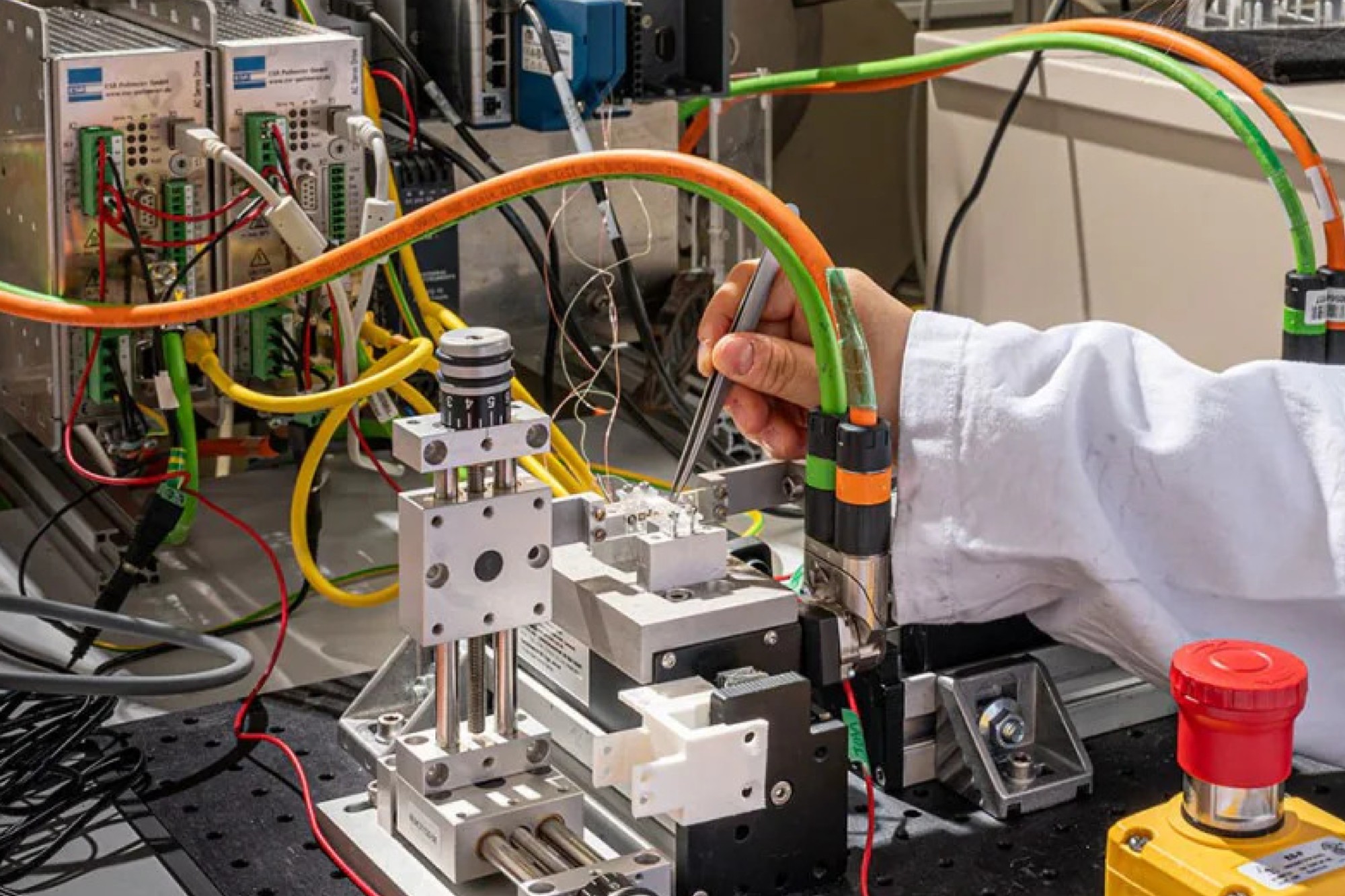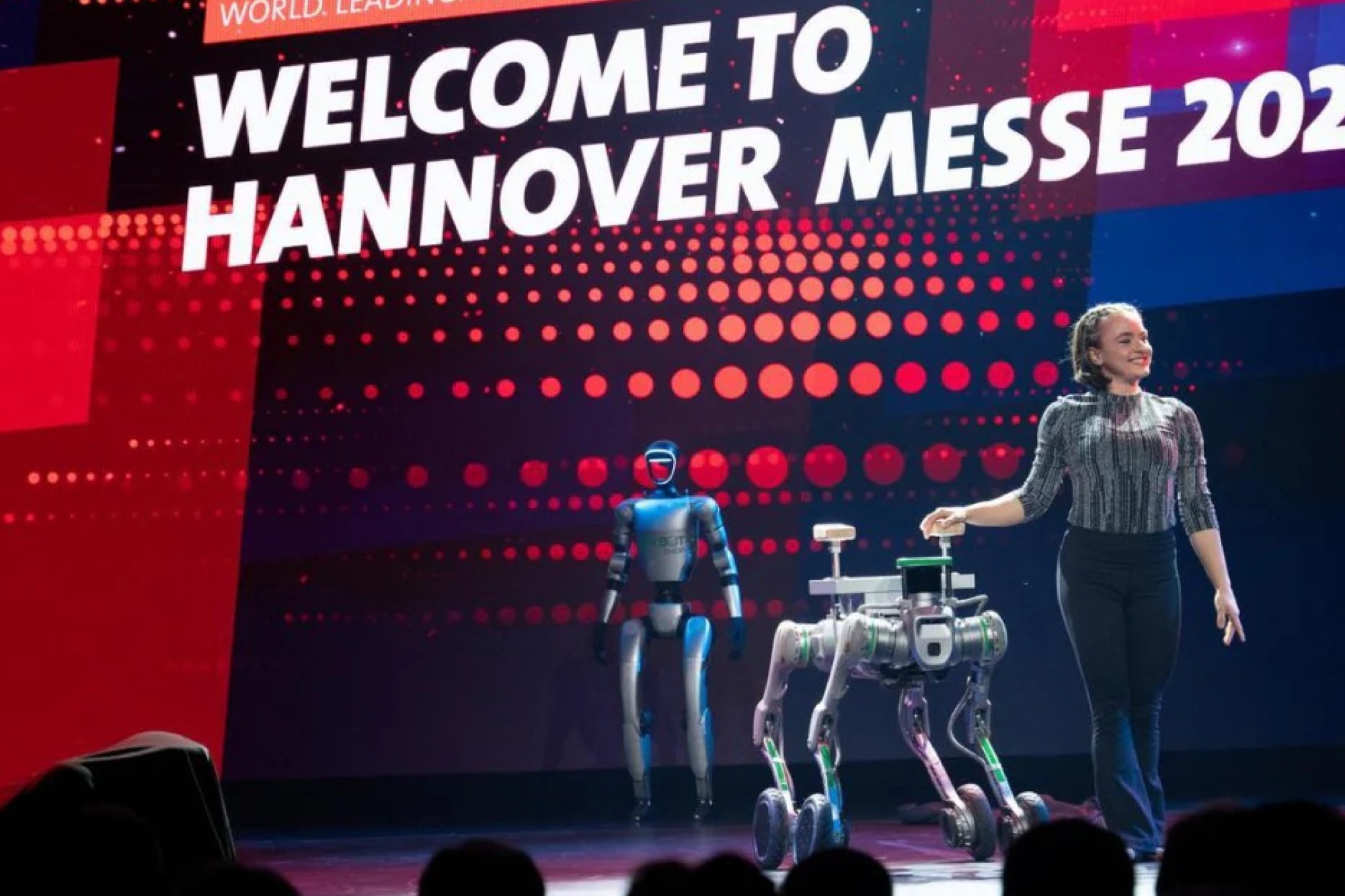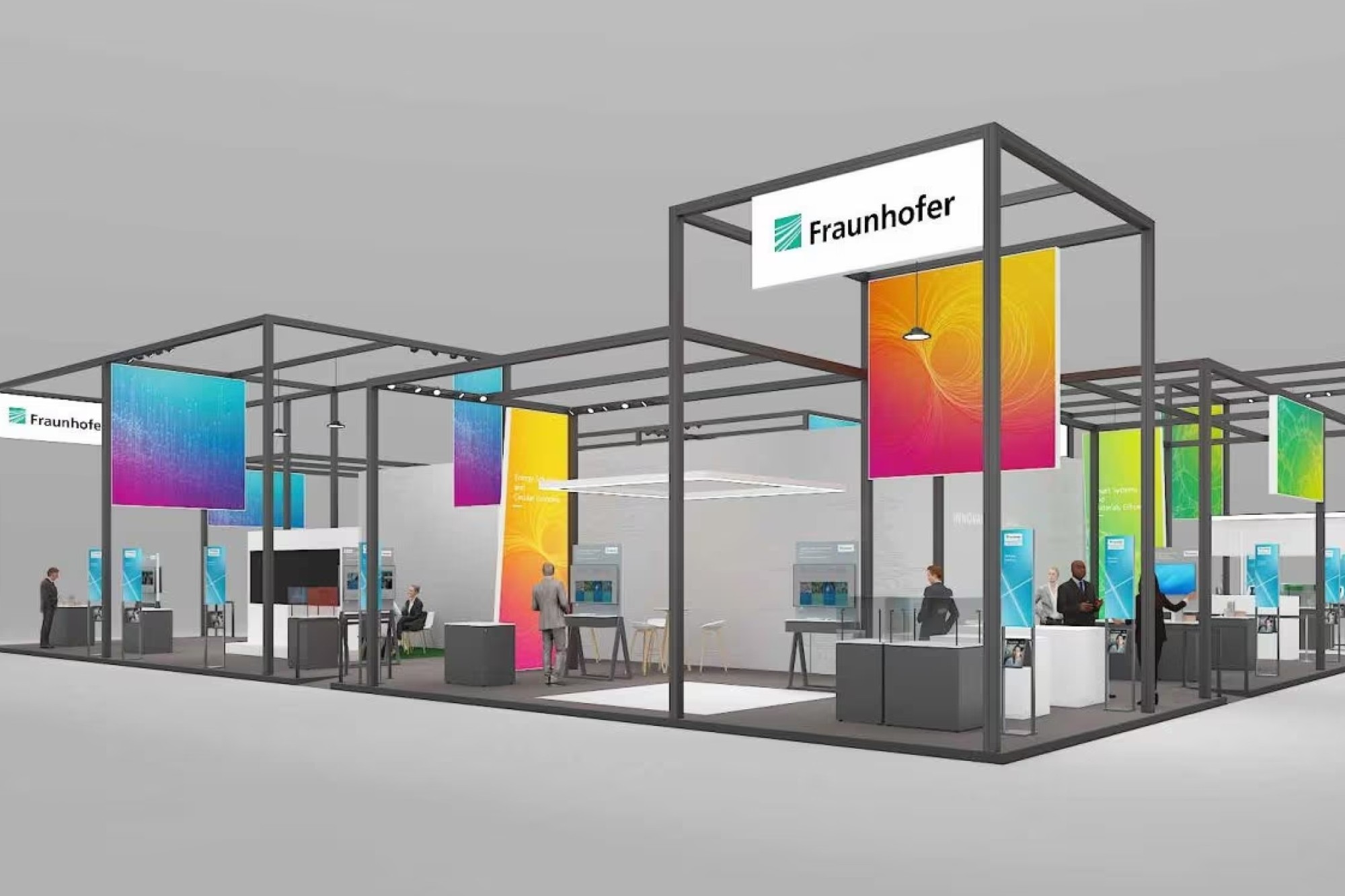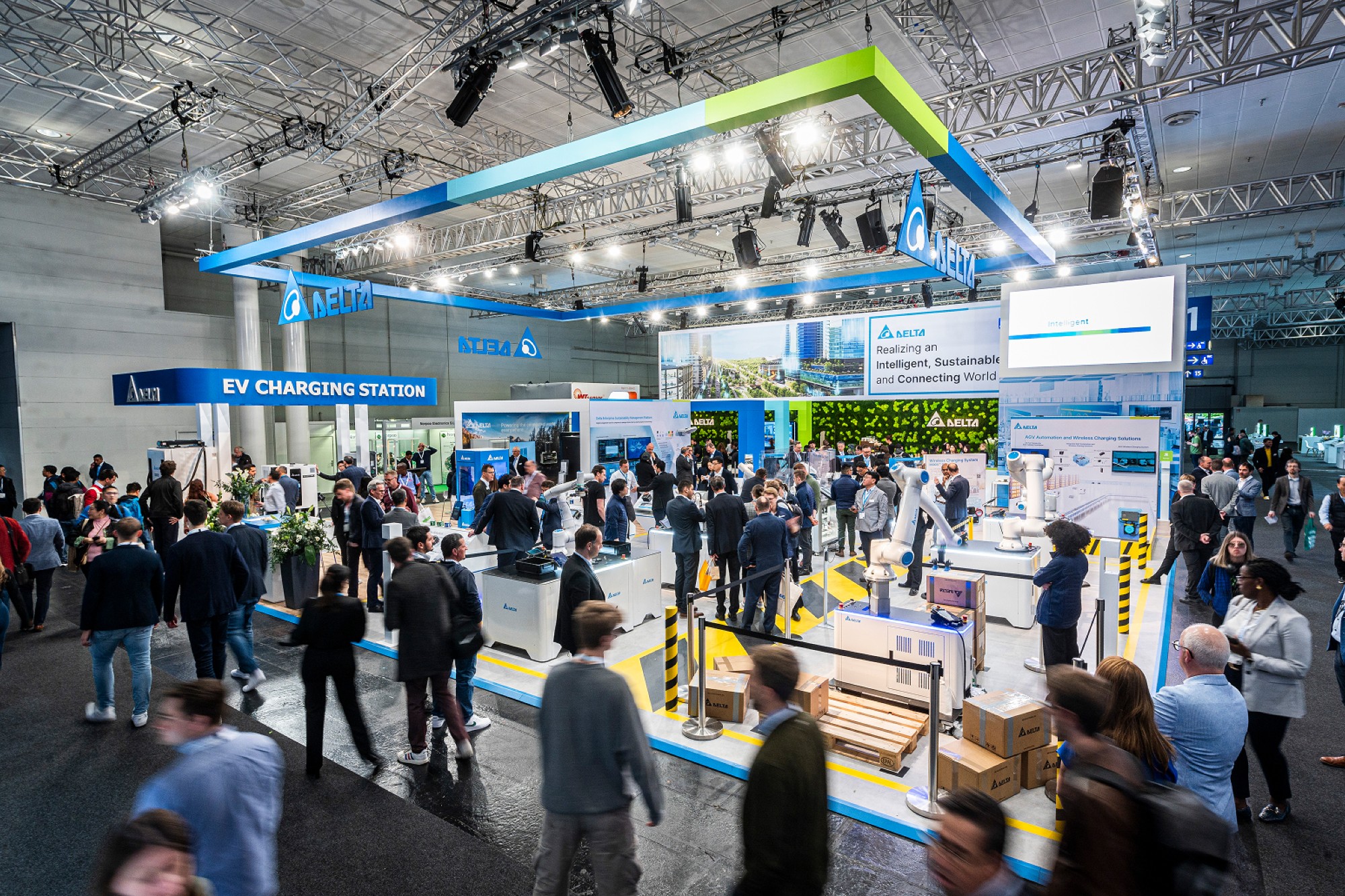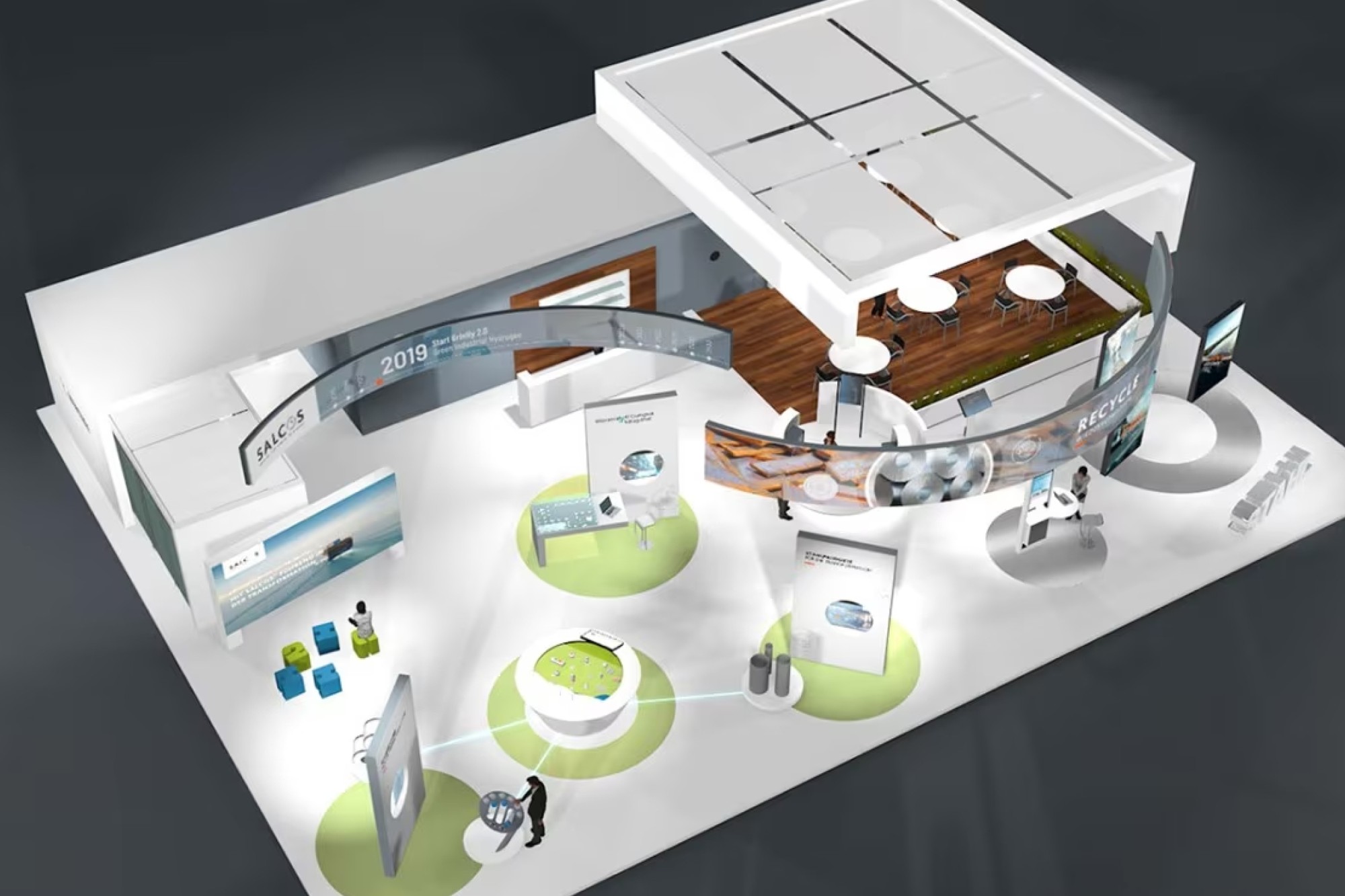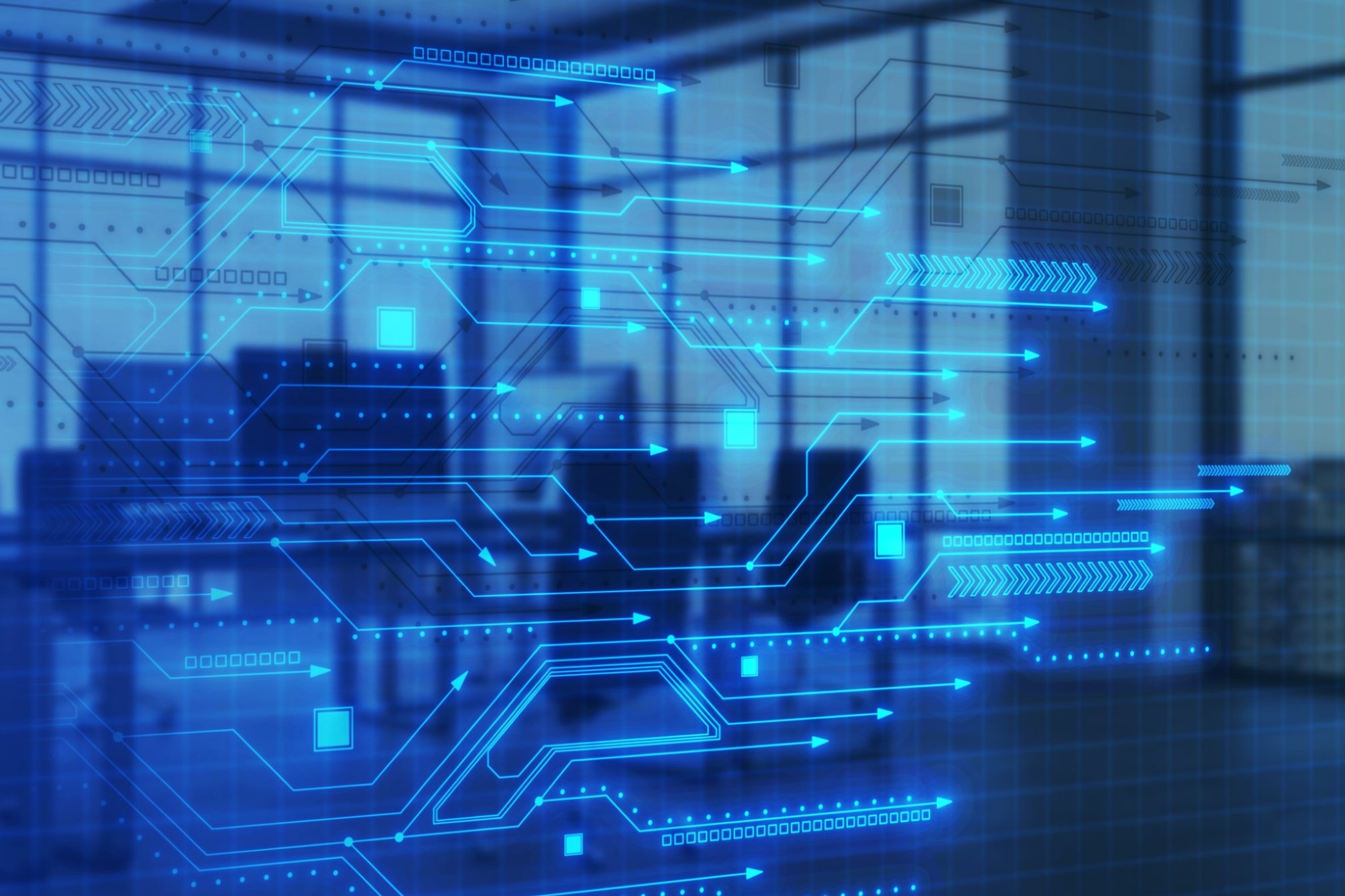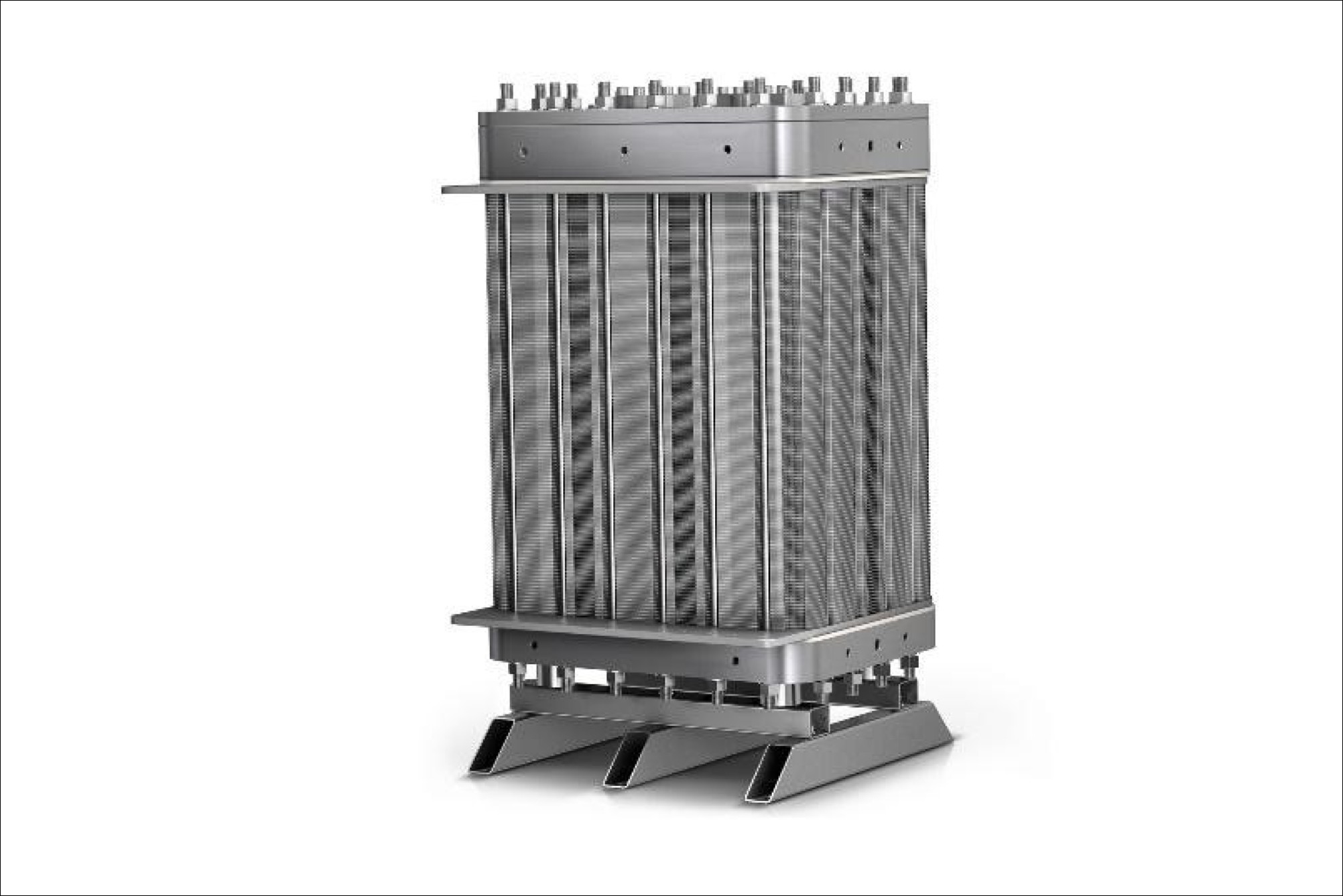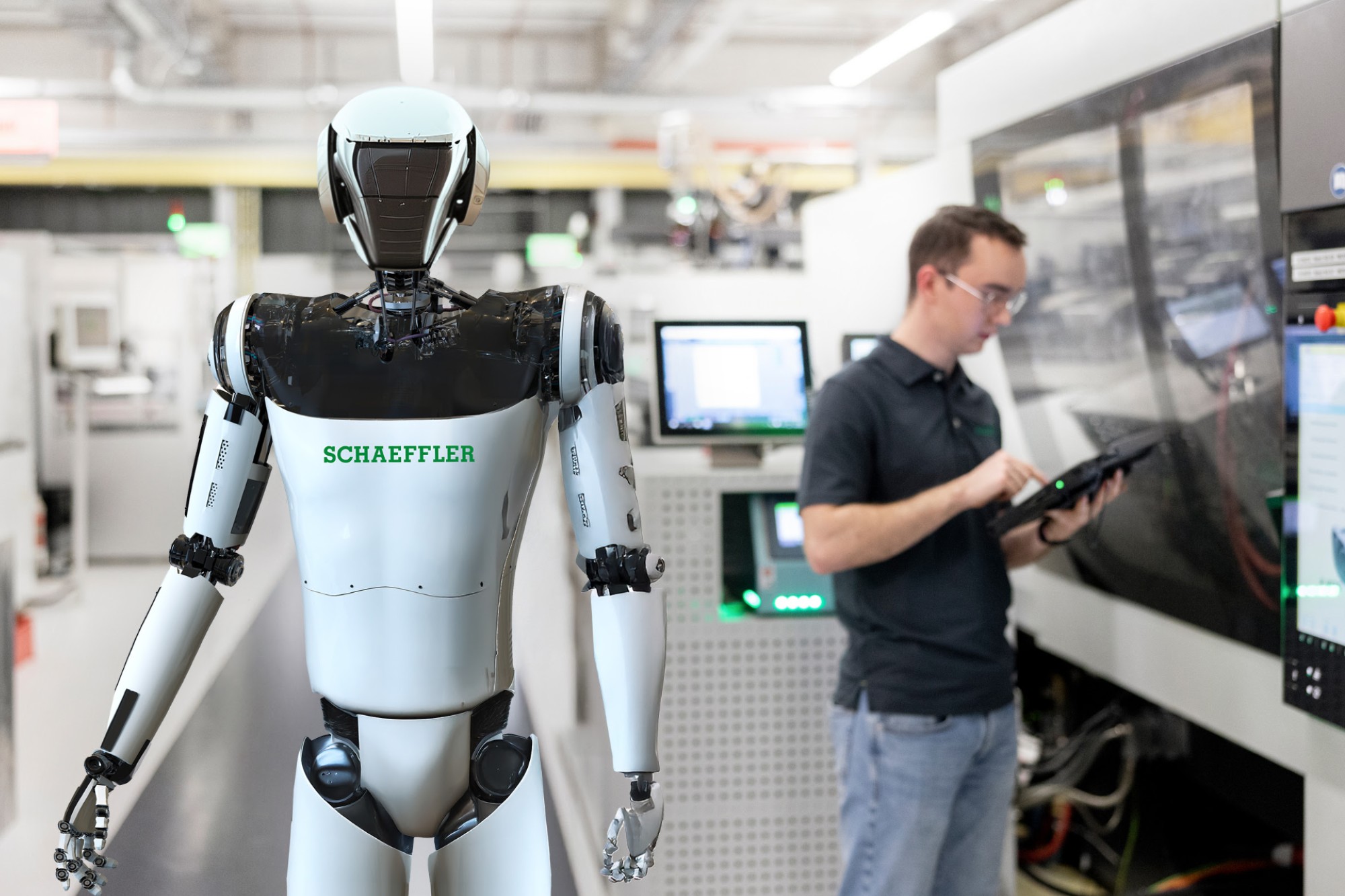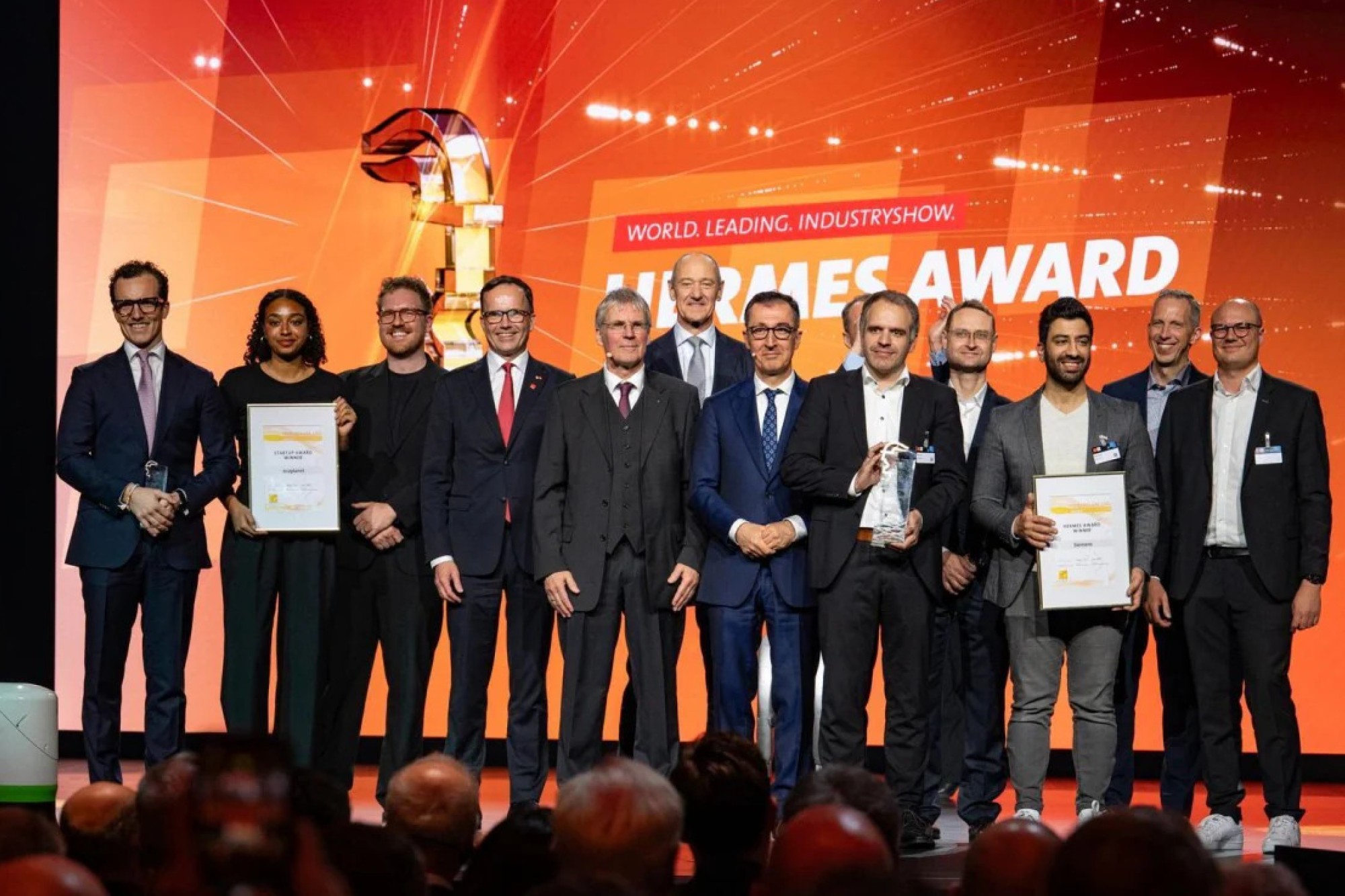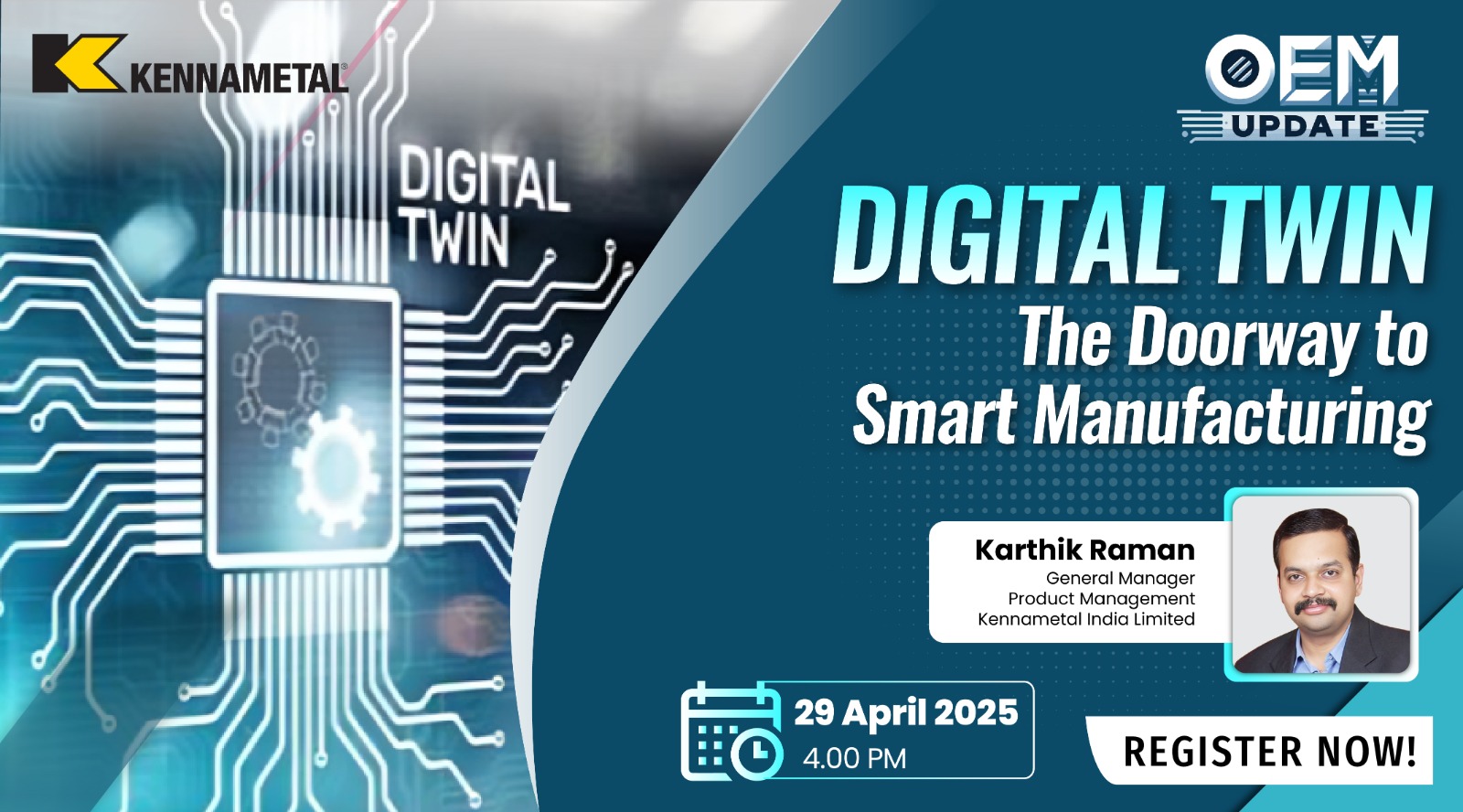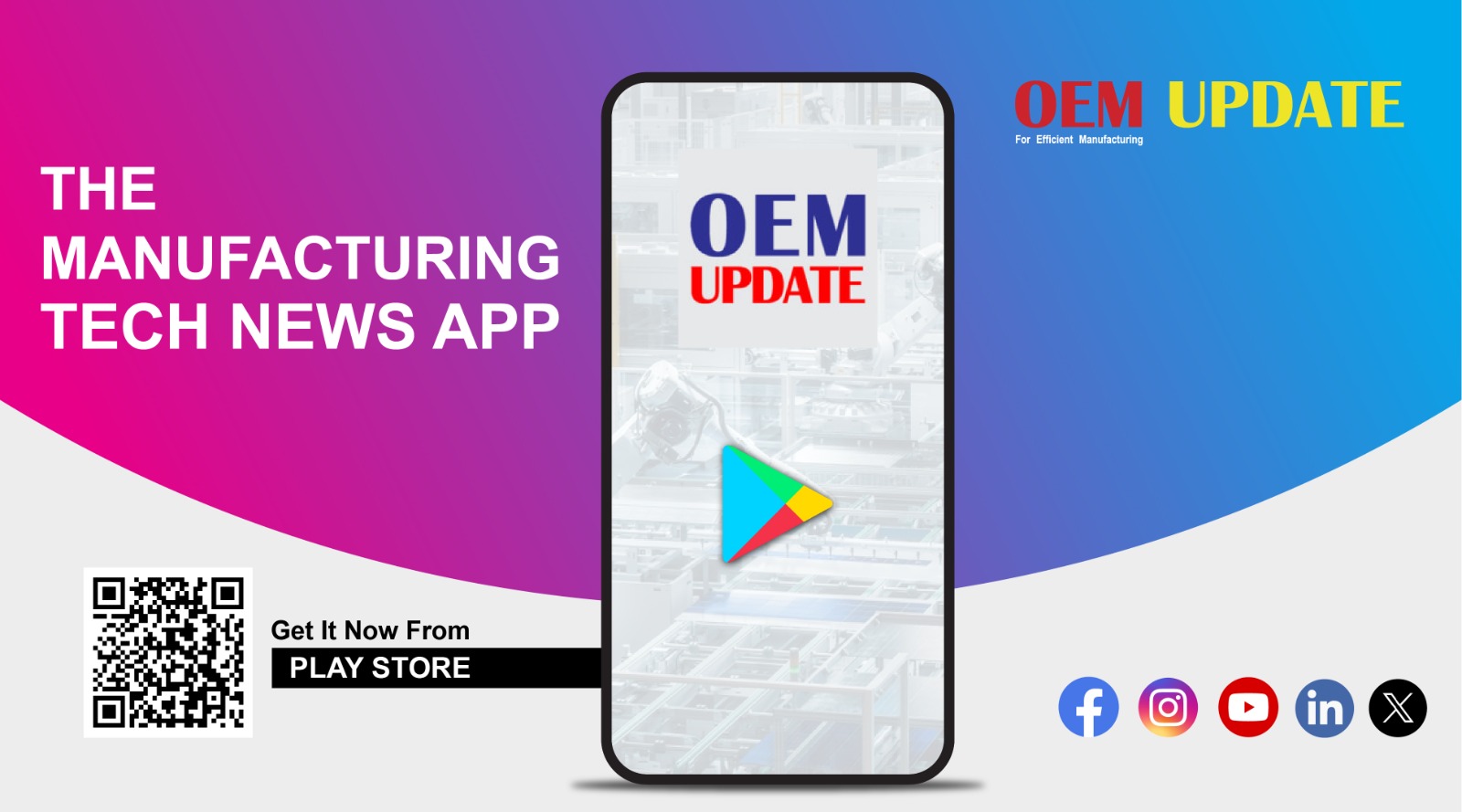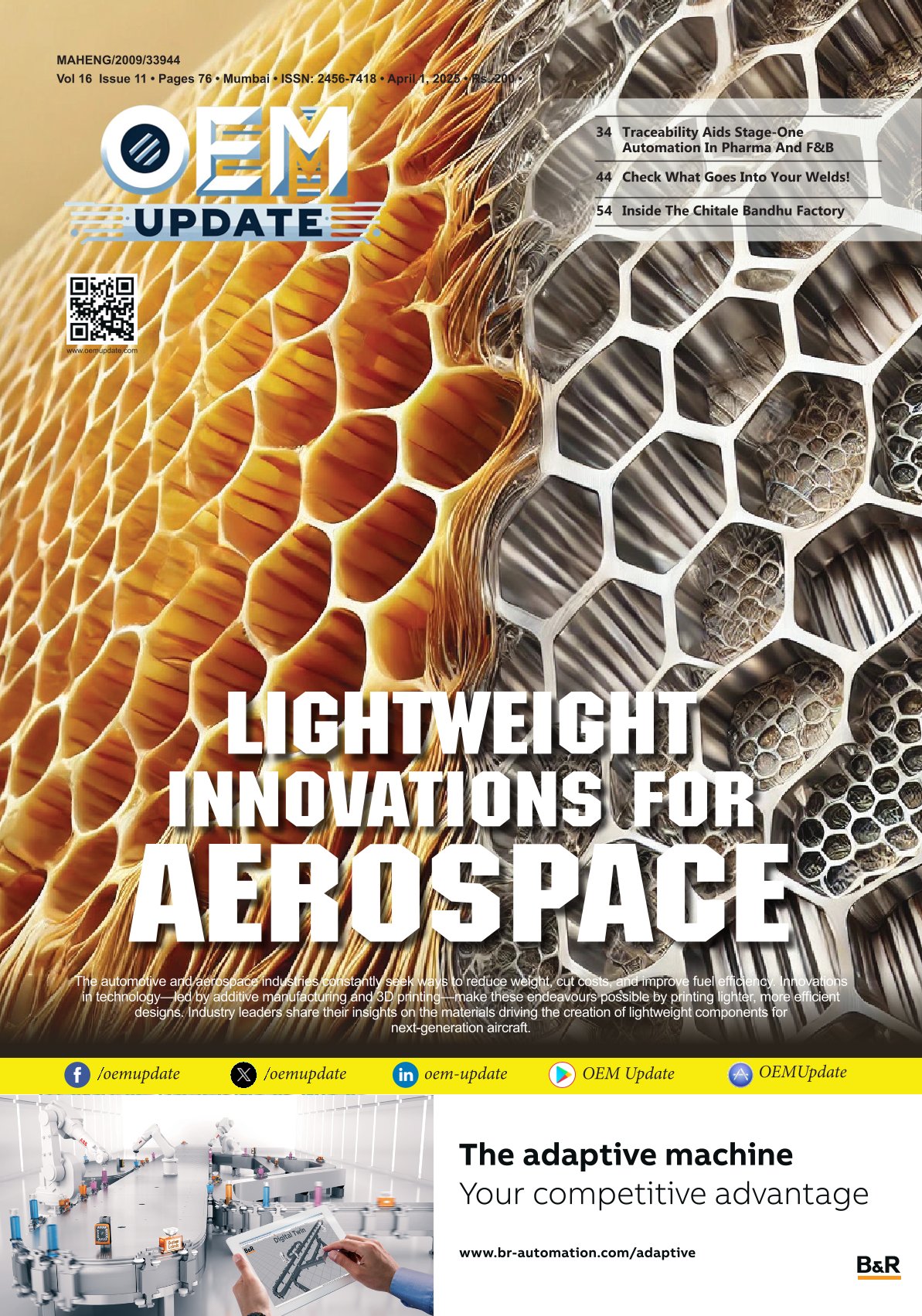Solutions from some of the best minds in the world
By Staff Report March 28, 2025 11:38 am IST
From integrated photovoltaics to optical metasurfaces and intelligent headphones, researchers from the Karlsruhe Institute of Technology (KIT) are showcasing technology highlights in the Future Hub area and at Energy Solutions at HANNOVER MESSE 2025.
From the intelligent networking and control of devices and the direct recycling of battery electrodes to sustainable cooling and heating, the Karlsruhe Institute of Technology (KIT) is showcasing solutions to a range of challenges at HANNOVER MESSE 2025 in the Future Hub, at Energy Solutions and at other themed displays. Visitors can also experience promising start-ups and examples of student engagement.
Creative engagement of young engineers
Professor Jan S. Hesthaven, President of KIT, said, “Geopolitical uncertainties, the energy transition and climate change – Germany, Europe and the world are facing existential challenges. At KIT, our aim is to find answers to these challenges through our research. We are showcasing some of them at HANNOVER MESSE 2025. We are presenting technologies for greater sustainability, alternative energy concepts and the creative engagement of young engineers. This is made possible by strong research collaborations and some of the best minds from around the world.”
KIT at the Future Hub (Hall 2, Stand B35)
“KIT. Place for the Future. Since 1825.” On the occasion of its 200th anniversary, the KIT presents itself as a place for the future. The focus is on the diversity and social impact of research, teaching and innovation, as well as student engagement at the KIT.
Optical metasurfaces for compact and multifunctional optical components
Tiny nanostructures can manipulate light. With specifically designed nanostructured layers, light, compact and multifunctional optical components can be produced. These are suitable, for example, for focusing light, generating structured light, creating holograms or even replacing several optical elements with a single optical metasurface. The production of such meta-optics is compatible with standard semiconductor manufacturing processes and should therefore be suitable for mass production.
OpenEarables: Intelligent biosensor headphones
An open-source AI platform enables headphones with extensive sensors. These record health and environmental parameters with high precision. OpenEarables are designed to improve communication in noisy environments, protect health and increase occupational safety. They can be operated hands-free and eyes-free and are suitable for a wide range of applications. Research, development and industry can adapt and expand the AI platform to their needs.
ZEco Thermal Lab: sustainable cooling and heating
The spectrum of possible applications for the cooling and heating technologies developed by the ZEco Thermal Lab ranges from micro-cooling for electronics to large air conditioning systems. These are based on solid-state cooling, which utilises the elastocaloric effect: certain materials can heat up and cool down when mechanically stressed and released. This enables the direct conversion of mechanical energy into thermal energy, without the need for intermediate media such as gases or liquids. This makes the ZEco Thermal Lab technologies emission-free and therefore sustainable.
KITTEN: Test field for energy efficiency in large research infrastructures
In order to make large research infrastructures, especially particle accelerators, more energy efficient and therefore more sustainable, the KIT has set up the KITTEN test field. It combines physics and energy technology to develop and test cross-disciplinary solutions from the component to the system level. Other energy-intensive infrastructures such as data centres, hospitals, and plants in the steel or chemical industry will also benefit from the results.
Engineers Without Borders (EWB): Projects in development cooperationOne example of the diverse student engagement at KIT is the university group Engineers Without Borders (EWB). For 20 years, it has been implementing various engineering projects in economically, socially or politically disadvantaged regions to create new perspectives for the population. A total of 1,500 members have implemented almost 40 projects in thirteen countries and collected 2.5 million euros in donations. The projects address education, water, energy, health and infrastructure. The KIT supports EWB with knowledge, advice and inspiration.
KIT at Energy Solutions (Hall 13, Booth C76)
Powering the future innovative energy solutions is the motto of the KIT when it comes to solutions for a future-proof, sustainable energy system. At Energy Solutions, the focus is on electrical energy. Other topics include the intelligent networking of devices and the energy- and cost-efficient recycling of battery materials.
RAZO: intelligent networking and control of devices
The RAZO energy management system increases the use of renewable energies and helps electricity consumers who are also producers to optimise their costs. With RAZO, electric cars, batteries and heat pumps can be intelligently networked and controlled. This allows prosumers to make optimal use of their own photovoltaic surplus and to purchase additional electricity when it is cheapest. Furthermore, RAZO is working on a pilot project for a virtual power plant with the aim of networking decentralised energy resources into a holistic system.
Rethinking photovoltaics: dual-use surfaces and organic solar cells
The use of solar energy can be combined with agriculture, building facades or other sealed surfaces – for example, by integrating photovoltaics into the outer shell of greenhouses. Organic solar cells are ideal for integrating into everyday infrastructures and for cost-effective large-scale production. KIT has developed highly specialised and environmentally friendly semiconductor inks for the production of organic solar cells from water or alcohol and operates an automated research platform that combines ink synthesis, layer deposition and characterisation.
LeMoStore: converter and energy storage in a single system
Inverters and storage systems are needed to integrate renewable energies into the power grid. The LeMoStore project (lifetime-optimised modular energy storage) combines both functions in a single system. The integrated battery modules do not have to be identical in construction. This means that different used batteries can also be used. A strategic distribution of the charging and discharging power makes it possible to optimise battery life and reduce the storage capacity installed. This should make it possible to implement economical and sustainable systems.
DiRecFM: Direct recycling of battery electrodes
In view of the scarcity of metals such as lithium, cobalt and nickel, which are used in lithium-ion batteries, efficient concepts for reuse are in demand. The direct recycling of battery electrodes is particularly sustainable. In this process, active materials are recovered by gentle processes that maintain their functionality and are fed directly back into battery production. The researchers present a mechatronic concept in which the active material of the anode is mechanically removed from the copper foil by brushing.
Cookie Consent
We use cookies to personalize your experience. By continuing to visit this website you agree to our Terms & Conditions, Privacy Policy and Cookie Policy.
